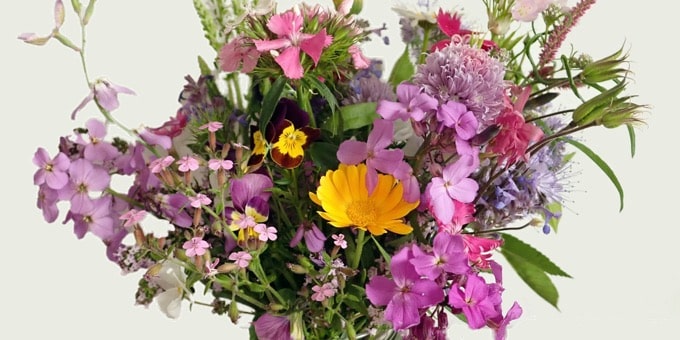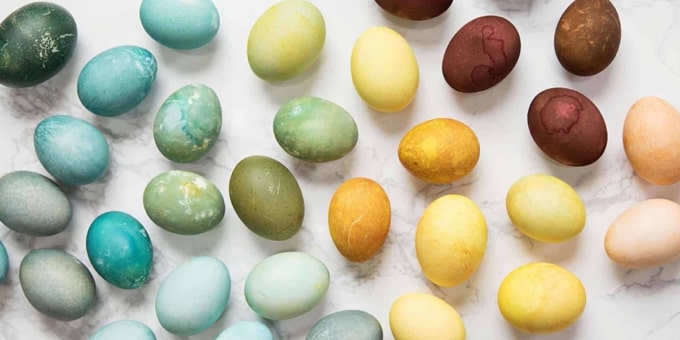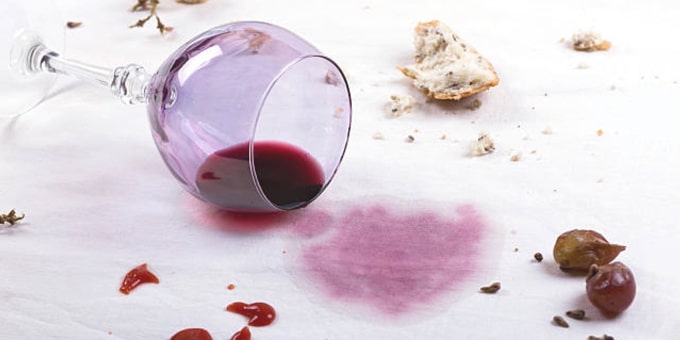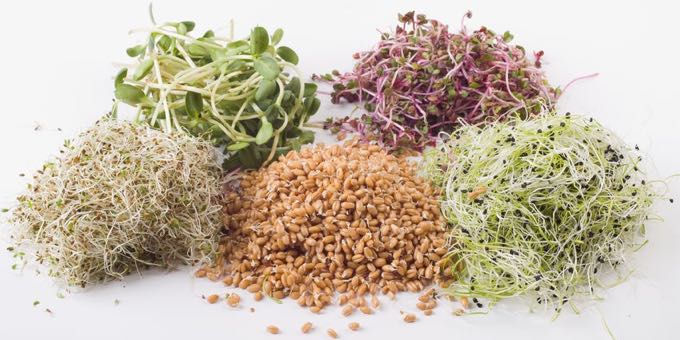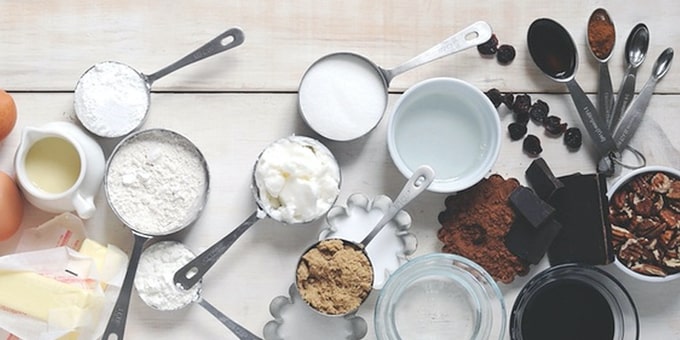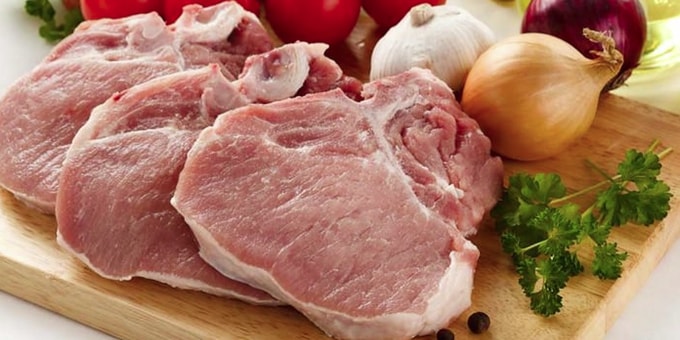KEEP BOUQUETS FRESH LONGER
Believe it or not it’s possible to keep some kinds of freshly snipped blooms such as large-flowered clematis and blue salvia, around for two weeks or more. We’ve gathered information on when to harvest flowers and how to extend their vase life for cut-flower growers. You may find the results surprising!
COLD VS WARM
The common wisdom has been to put freshly cut flowers in warm water. But, if they are dunked up to their necks in cool water, they last longer. Cooling the stems jump-starts capillary action in which water rises up the stem and creates a crisping of the flower which slows dehydration and decay.
Nothing affects the life of cut flowers as much as temperature. Keeping flowers in a refrigerator or a cooler with the temp set between 38 and 40 degrees for six or more hours before arranging conditions them and can extend the life of most flowers significantly. Warm temps causes an increase in water loss and loss of stored food which results in rapid reduction of vase life. After flowers are arranged, keep the water six inches deep or less so air can circulate around the stems.
Exceptions: Astilbes will last longer (12 days instead of two to four) if they are placed in hot water first, then allowed to cool, and then stored in the refrigerator until they are ready to be set out for display.
KEEP IT CLEAN
Using clean buckets, water, and pruners will cut down on bacteria that can plug stems and cause rotting. When placed in a bacterial laden container of water the microbes plug stem ends which prevents water from flowing up the stem and they die of thirst. Preservative packets for cut flowers, or what’s called fresh flower food helps prevent the bacteria from growing. They can extend the life of your bouquet up to 75% if you follow the proportions listed on the packet label. Just understand that not all flowers may respond dramatically, but few are ever harmed.
WHEN TO CUT
Pick flowers at the bud stage for the longest vase life. Although there are some exceptions. Flowers from the daisy family need to be fully opened before they are cut or they won’t continue opening. Some spike like flowers, such as delphiniums and monkshood should have at least a few of the flowers on the stem are fully open before cutting.
If you’re cutting flowers from your garden for an event or special bouquet they can be cut at whatever stage you like. But, knowing the probable vase life of fresh cut flowers and when to pick them has advantages. It allows for planning ahead and arranging flowers so they will look fresh when needed. It can influence your decisions on which flowers to plant for cutting and how to condition them to last a week or more.
Home gardeners can follow the professionals’ and cut garden flowers in the bud stage, the more cut, the more the plant blooms. If left to their own devices, many plants stop flowering and quickly go to seed.
TIPS
- Eliminate possible air bubbles that could prevent stems from taking up water by recutting the stems at an angle just before placing them in water.
- Resuscitate wilted Flowers by placing stems in one inch of very hot water (180°F to 200°F) for 30 seconds, then place them in warm water.
- For flowers that ooze milky sap, such as clematis, poppy, and euphorbia, prevent immediate wilting by sealing the stems over a flame.
- Lightly crush the base of woody stems on plants such as lilacs to improve the intake of water.
Do you have tips for keeping your flower arrangements fresh longer?
Let us know and we’ll add them!

